Sustaining a smooth drive in a car is really almost impossible without the perfect suspension system. The suspension system is the connection between your wheels and the car body. It is responsible for dampening the shock-absorbing factors such as the rough and broken pavement on the road. Without the suspension, riders would have no choice but to ride on the rough roads as it would worsen every bump they felt, and would, therefore, handling would become unsafe. Due to these issues, one of the most important car services is suspension system repair.
You will get acquainted with suspension basics, warning signs of suspension issues, costs, and repairs options in this guide. You will also learn when it is wise to replace parts instead of repairing them.

Importance of the Suspension System
Balancing comfort and safety is what the suspension system does. In conjunction with absorbing potholes and rough surfaces, it firmly keeps tires on the road. This results in better control of your vehicle both when fast and when slow.
In addition to its primary function, the suspension also saves the life of other parts. Misfunctioning shock absorbers or straps might lead to a different pattern of tire wear and also to steering issues. Thus, the suspension system repair should not be put on hold.
Signs You Have to Repair the Suspension
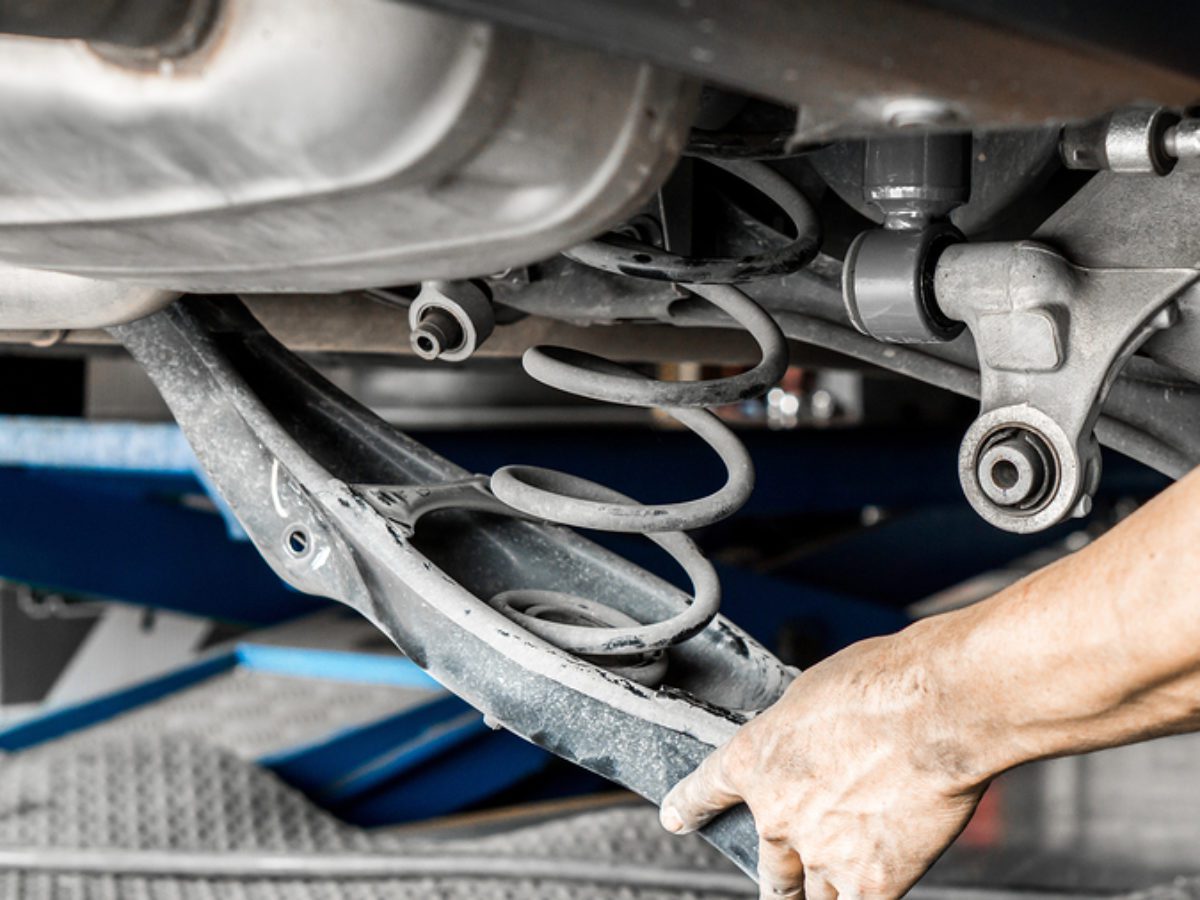
It is very true that the majority of the drivers have a feeling of suspension issues without being able to pinpoint them. So, if you hear a noise or feel unstable in the car it means the suspension system is the main problem. Vibrations while driving, uneven tire wear, or fluid leaks near the shocks are some classic warning signs.
On the contrary, other noticeable symptoms include the car being hard to steer, it pulling to one side, and excessive bouncing on the bumps. If any of the above-mentioned symptoms are detected, it is high time for the car to undergo a check-up. Delaying in dealing with them increases the possibility of another expensive suspension repair.
Common Suspension Problems and Solutions
| Problem | Likely Cause | Repair Solution |
| Car pulls to one side | Worn ball joints or tie rods | Replace joints and realign wheels |
| Bumpy ride | Damaged shocks or struts | Install new shocks or struts |
| Uneven tire wear | Faulty suspension geometry | Wheel alignment and suspension adjustment |
| Noise when turning or braking | Worn bushings or control arms | Replace bushings or arms |
| Fluid leaking near wheels | Broken shock absorbers | Replace leaking components |
Detailed Explanation of the Suspension Repair Cost
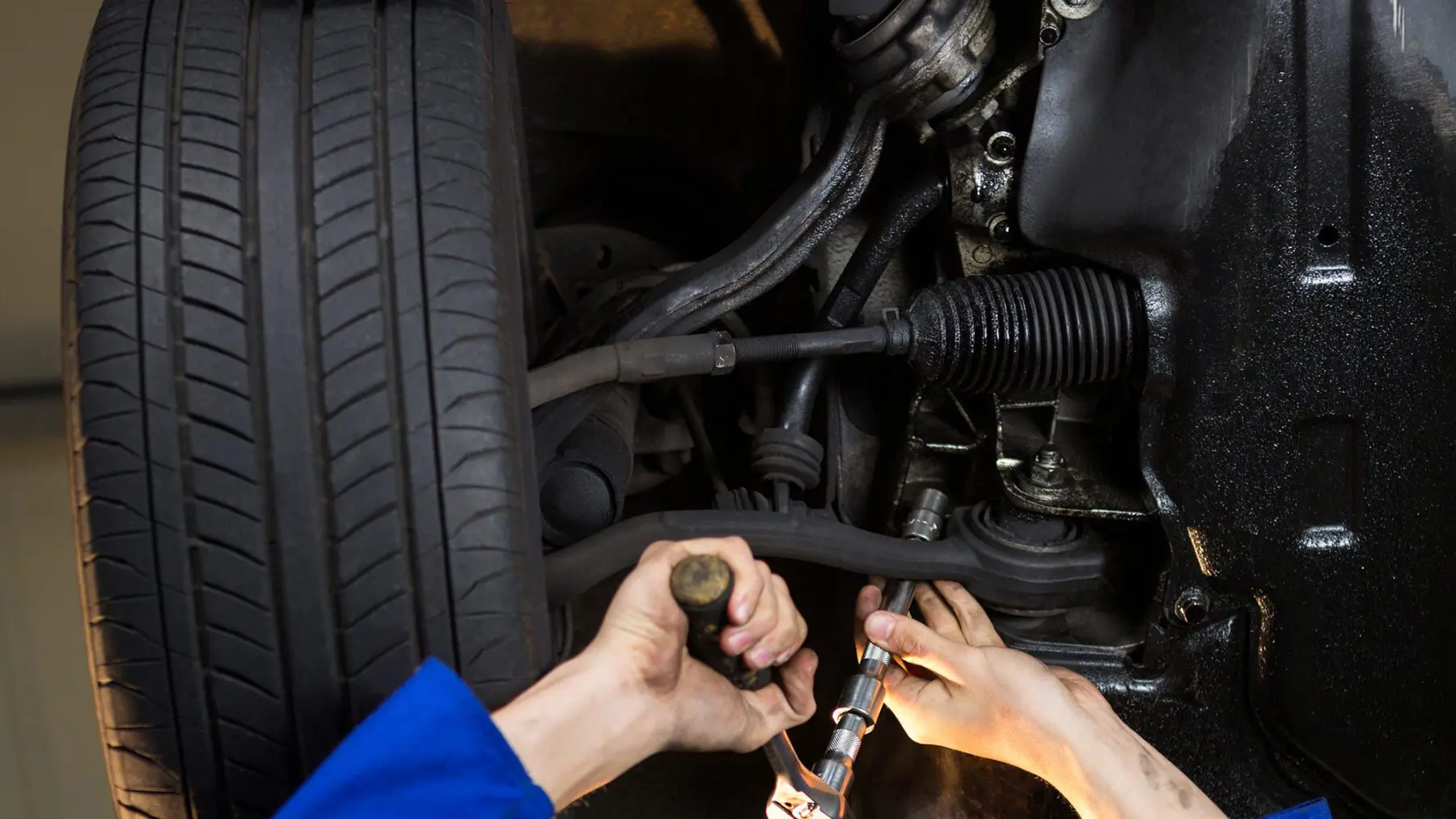
The cost of suspension repairs differs from one case to another. Some easy repairs such as replacing the bushings, can be performed cheaply. Although bigger jobs where struts or control arms are replaced usually are more costly.
The model of the car usually affects the repair cost. Also, the labor charge contributes a lot to the final bill. Luxury cars and SUVs, in general, need extra cash because of their complicated systems.
Average Car Suspension Repair Cost
| Type of Repair | Estimated Cost (USD) | Details |
| Shock absorber replacement | $300 – $600 | Includes parts and labor, usually per pair |
| Strut replacement | $400 – $800 | Higher for performance or luxury vehicles |
| Control arm replacement | $500 – $750 | Includes bushings and ball joints |
| Full suspension system repair | $1,000 – $5,000 | Major overhaul for worn suspension parts |
| Wheel alignment | $75 – $150 | Often needed after suspension repairs |
These are average costs. The actual cost of the car’s suspension repair system will depend on the type of the damage and the model of the car.
Repair or Swap Out
When drivers touch the topic of suspension repairs, they often wonder if it is advisable to fix or replace the parts. The state of the components is the primary aspect here. For example, shocks and struts can gradually lose their functioning ability. If they are just slightly worn, then it is possible to make a repair. Nevertheless, if they are leaking fluid or not performing, the only thing is to replace them.
Bushings and ball joints are the same case, tricky ones. While little wear can be fixed, a significantly damaged piece needs a replacement. Although, the expense being more at first, the long-term suspension repair costs could be reduced.
DIY vs Professional Repair
Some vehicle owners decide to take the matter into their own hands by trying to deal with the suspension issues at home. Simple tasks like checking tire pressure or replacing bushings may be manageable. But the very suspension is a job that only professionals can deal with. A bad repair job can cause serious accidents.
On the other hand, getting help from professionals ensures that the problem is diagnosed correctly and lasting solutions are found. Small but crucial things like wheel alignment and safety checks after repairs that mechanics provide help avoid future problems too and ensure the car drives smoothly again.
Preventive Maintenance Tips
Keeping your car well maintained can significantly reduce the amount you would need to spend on suspension repair. Just some basic regulations would be enough to protect the entire suspension system of your vehicle:
- During every periodic service, inspect shocks and struts.
- Rotate and align your tires every 6,000–8,000 miles.
- Replace worn-out tires immediately so that they don’t create an extra burden for your car.
- Drive more carefully over cracks and speed bumps to reduce the damage sustained.
- Have regular suspension checkups to spot any trouble beforehand.
These actions increase the life span of the suspension system and at the same time, lower the long-term suspension repairs.
FAQs
What are some of the most common signs of trouble with the suspension?
Uneven tire wear, drifting when turning, a bumpy or unstable ride, and sounds originating from the suspension components.
How frequently should suspension parts be inspected or replaced?
The lifetime of suspension components ranges between 50,000 to 100,000 miles but an annual inspection or changing when showing signs of wear is recommended.
What parts typically need repair or replacement in a suspension system?
Shock absorbers, struts, control arms, bushings, ball joints, tie rods, and sway bar links.
Can I drive my vehicle safely even if the suspension has some problems?
No, the damaged suspension can have adverse effects on the braking and handling increasing risk of an accident and causing uneven tire wear.
What is the better option: to change the whole suspension or just individual parts?
Mostly, changing the whole suspension at a time balances performance and saves money in the long run.
What are the tools needed for suspension repairs?
A set of basic sockets, wrenches, jacks, springs of a compressor, and sometimes specific tools for ball joints or bushings.
Final Thoughts
Well-functioning suspension is the first pass rate to comfort and safety. Therefore, ignoring problems will not only cause you to pay a high price for suspension repairs but will also make your drive risky. For example, faulty shocks, control arms, and every other single part have the potential to get a remedy if they are handled timely.
In case you feel the necessity for a suspension system repair that you can really count on, For expert suspension repair in Las Vegas, trust the certified technicians at BusyBots Auto.. Skilled technicians at your disposal will work through your problem with reliable inspections. They will give you a good price and a long-lasting answer to keep the car safe and smooth.

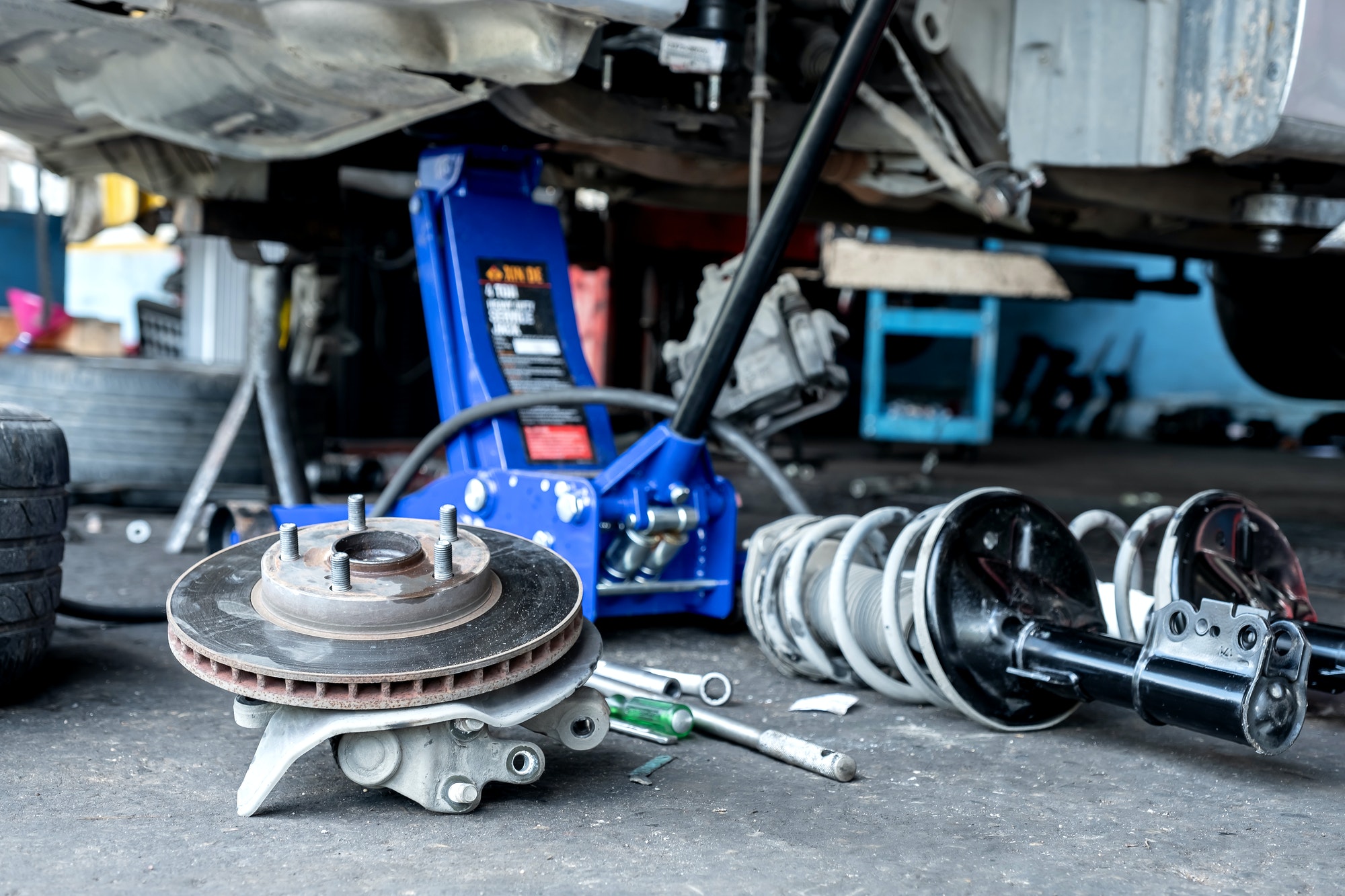
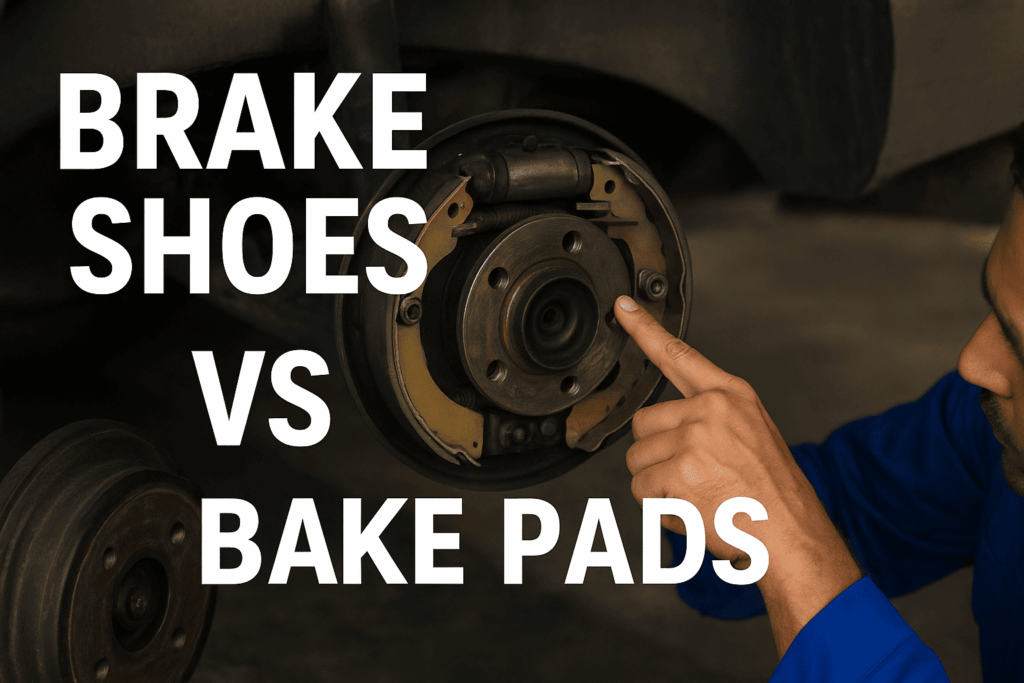
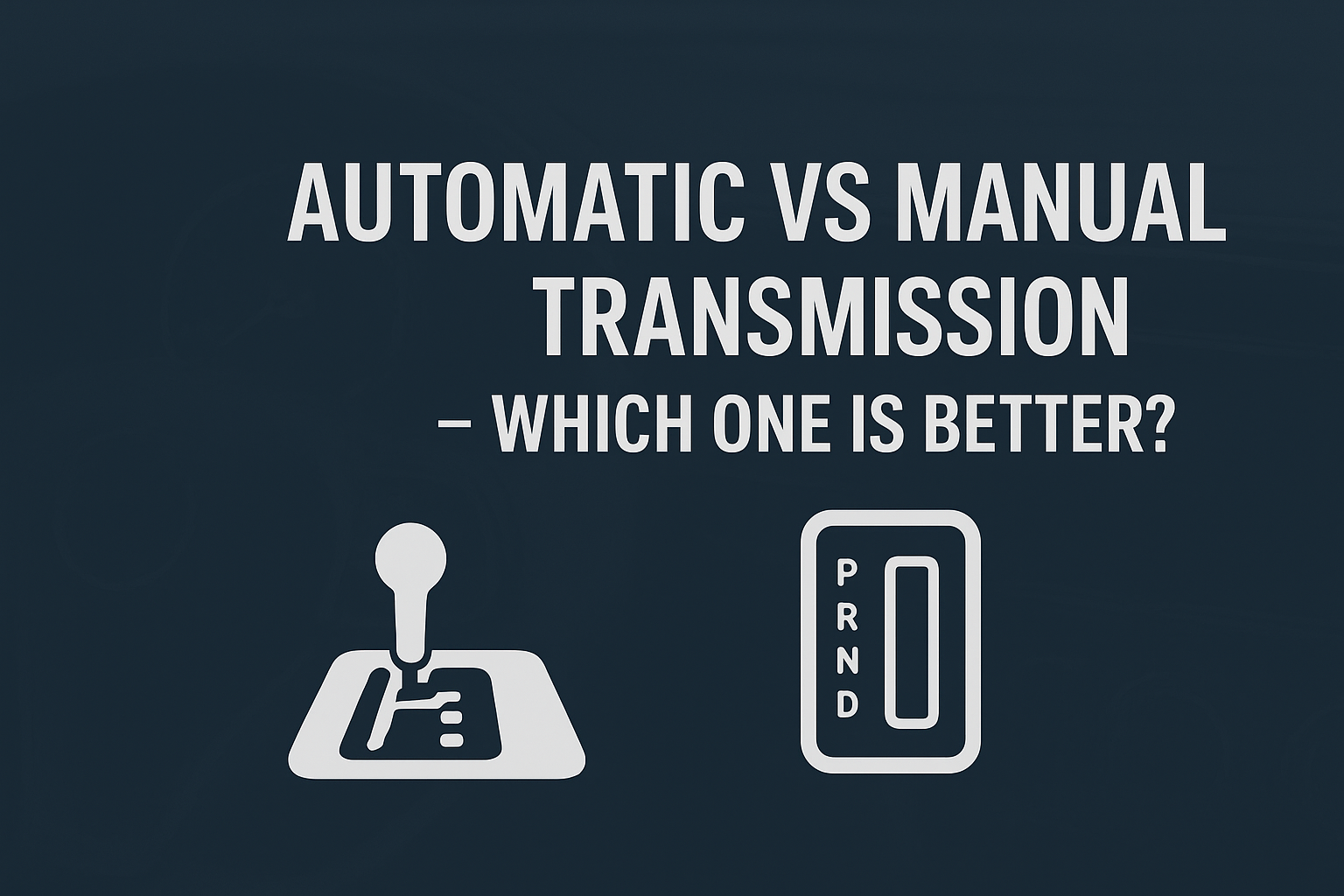
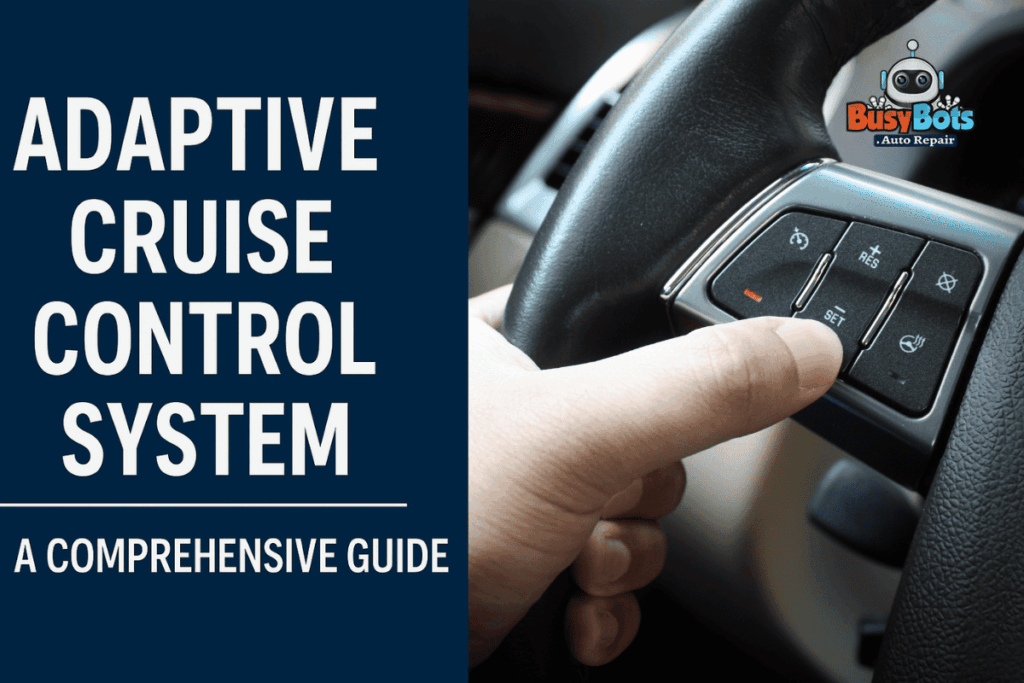

No comment yet, add your voice below!